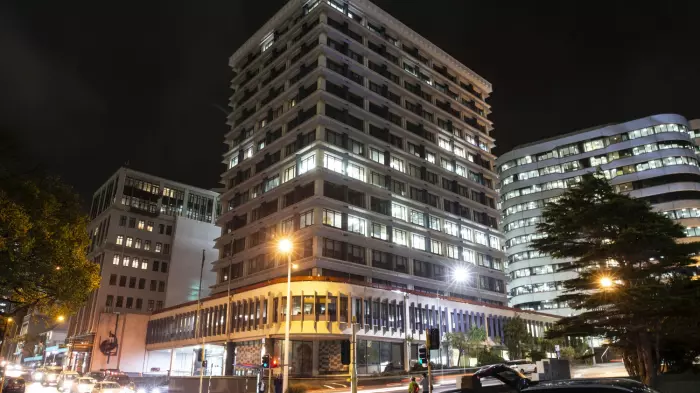Mortgage lenders remained busy last month, writing a record $7.3 billion in loans, a third more than in September 2019, sparking calls for the Reserve Bank to act on the housing bubble or risk increased financial instability.
Both ASB Bank and Kiwibank now consider it likely loan-to-value ratio restrictions will be reinstated as mortgage lending activity momentum built up in the prior two months spilled into September.
Investors led the charge, borrowing 54.7 percent - $1.67 billion - more than the same month last year while commitments to first home buyers held largely stable, up from $1.34 billion at $1.4 billion year-on-year.
Those loans with high LVRs have also tracked up since the restrictions were removed in May, with more than a third of investors borrowing at higher than the previous LVR threshold of 70 percent, while 42 percent of loans to first home buyers were higher than 80 percent.
Kelvin Davidson, senior property economist with Corelogic, said while banks managed to keep a pretty tight rein on loans above 80 percent, which represented 10.8 percent of the total, "the fact that lending volumes are still rising suggests that, eventually, most people who want a mortgage are getting it in the end.”
House sales soaring
Increased lending was reflected in the number of house sales soaring more than 37 percent to 8,377 last month over September 2019, the most for any month since March 2017, according to latest Real Estate Institute of New Zealand data.
ASB senior economist Jane Turner said the surprisingly resilient economy, plus large falls in mortgage rates and relaxed LVR lending restrictions proved a “very potent mix for the housing market.”
She said the central bank “now needs to recognise that the housing market risks have shifted dramatically” and it is no longer facing the risk of falling house prices, but instead a strongly increasing market.
Turner echoed earlier comments by Kiwibank economist Jeremy Couchman that the RBNZ needs to face up to the risk of “fuelling the fire of a housing market bubble, which, if underpinned by leveraged buyers, can increase financial stability risks down the line.”
Additional monetary support
She said while the subdued inflation data last week will likely support the central bank’s conclusion that additional monetary support will be needed for some time, it also suggests “it needs to consider reinstating the LVR lending restrictions at the November financial stability review.”
Corelogic’s Davidson said it was worth remembering the speed limits were removed partly to allow banks to grant payment deferrals, without risking technical breaches of loan conditions, “and payment deferrals are still going to be in place until March next year.”
Still, the longer the upswing in mortgage and investor lending and the general property market continues, “clearly the higher are the chances of some kind of shift on LVRs,” he said.














